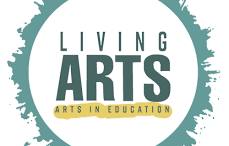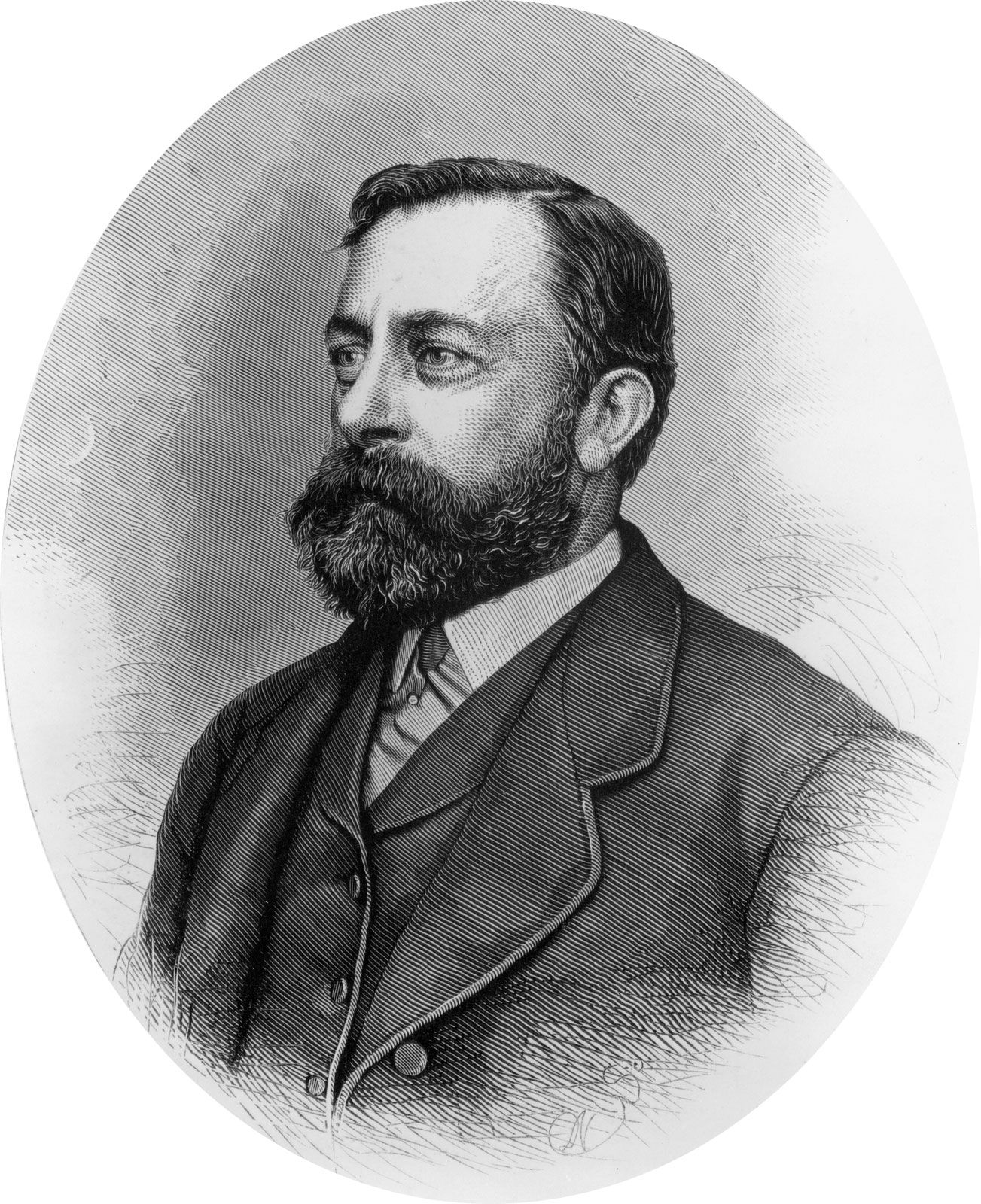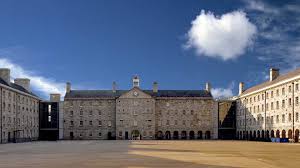The Transformative Power of Art
Art has been a fundamental part of human civilization since the beginning of time. It serves as a medium for expression, communication, and reflection, transcending language and cultural barriers. The transformative power of art lies in its ability to evoke emotions, provoke thoughts, and inspire change.
Emotional Impact
Art has the remarkable ability to stir emotions within us. Whether it’s a painting that evokes a sense of peace and tranquility or a sculpture that elicits awe and wonder, art has the power to touch our souls in profound ways. By experiencing art, we can connect with our innermost feelings and gain a deeper understanding of ourselves and the world around us.
Social Commentary
Art often serves as a powerful form of social commentary, shedding light on important issues and sparking conversations about topics that matter. Through art, artists can address societal injustices, challenge norms, and advocate for change. Art has the potential to ignite activism and inspire people to strive for a better world.
Personal Growth
Engaging with art can be a transformative experience on a personal level. It encourages introspection, self-discovery, and growth. By exploring different artistic styles and interpretations, we expand our perspectives and develop empathy towards others. Art challenges us to think critically, question assumptions, and embrace diversity.
Cultural Heritage
Art plays a vital role in preserving cultural heritage and traditions. Through art forms such as music, dance, literature, and visual arts, communities pass down their stories, values, and beliefs from generation to generation. Art serves as a bridge between the past and the present, ensuring that rich cultural legacies endure over time.
The Universal Language
One of the most remarkable aspects of art is its ability to transcend language barriers. Regardless of one’s background or upbringing, art speaks to all individuals on an emotional level. It fosters connections between people from diverse backgrounds and fosters mutual understanding through shared experiences.
In conclusion, the transformative power of art is undeniable. It enriches our lives in countless ways by stimulating our senses, challenging our perceptions, and fostering creativity. As we continue to engage with art in its various forms, we open ourselves up to new possibilities for growth, connection, and positive change.
The Benefits of Art: Inspiring Creativity, Enhancing Well-being, and Fostering Cultural Appreciation
- Art inspires creativity and innovation.
- Art provides a platform for self-expression and emotional release.
- Art enhances critical thinking and problem-solving skills.
- Art promotes cultural appreciation and diversity.
- Art has therapeutic benefits, reducing stress and improving mental well-being.
Five Challenges in the World of Art: Navigating Subjectivity, Cost, Maintenance, Forgery, and Elitism
Art inspires creativity and innovation.
Art serves as a catalyst for inspiring creativity and innovation in individuals across all walks of life. Through its diverse forms and expressions, art encourages people to think outside the box, explore new perspectives, and push the boundaries of conventional thinking. By engaging with art, individuals are motivated to experiment with different ideas, techniques, and mediums, leading to the birth of innovative concepts and groundbreaking solutions. The transformative power of art lies in its ability to spark imagination, fuel curiosity, and ignite a passion for discovery, ultimately driving progress and fostering a culture of innovation in society.
Art provides a platform for self-expression and emotional release.
Art serves as a powerful platform for individuals to express themselves authentically and release pent-up emotions. Through various art forms such as painting, music, dance, and writing, people can channel their inner thoughts, feelings, and experiences into creative outlets. This process of self-expression not only allows individuals to communicate their deepest emotions but also offers a cathartic release that can be therapeutic and healing. Art enables individuals to connect with their inner selves, explore their identities, and find solace in the act of creation.
Art enhances critical thinking and problem-solving skills.
Engaging with art enhances critical thinking and problem-solving skills by encouraging individuals to analyze, interpret, and evaluate visual and conceptual elements. Through the process of creating or experiencing art, individuals are prompted to think creatively, make connections between different ideas, and explore innovative solutions to artistic challenges. Art challenges the mind to think beyond conventional boundaries, fostering a mindset that is open to new perspectives and approaches. By honing these skills through art, individuals develop a capacity for complex problem-solving that can be applied across various aspects of their personal and professional lives.
Art promotes cultural appreciation and diversity.
Art serves as a powerful vehicle for promoting cultural appreciation and diversity. Through various art forms such as music, literature, visual arts, and dance, individuals are exposed to different cultural perspectives and traditions. By engaging with art from diverse cultures, people gain a deeper understanding and respect for the richness and complexity of human heritage. Art encourages dialogue, fosters empathy, and celebrates the unique contributions of each culture to the global tapestry of creativity. Embracing cultural diversity through art not only enriches our lives but also promotes unity and harmony among individuals from all walks of life.
Art has therapeutic benefits, reducing stress and improving mental well-being.
Art has therapeutic benefits that are invaluable for enhancing mental well-being and reducing stress. Engaging with art, whether through creating, viewing, or experiencing it, can have a profound impact on one’s emotional state. Art provides a creative outlet for self-expression, allowing individuals to channel their thoughts and emotions in a constructive way. The act of immersing oneself in art can promote relaxation, mindfulness, and a sense of calmness, offering a much-needed respite from the pressures of daily life. Overall, art serves as a powerful tool for promoting mental wellness and fostering inner peace.
Subjectivity
Art’s subjectivity is a double-edged sword, as it allows for diverse interpretations and personal connections to artworks, but also opens the door to differing preferences that may not resonate with everyone. The very nature of art as a subjective experience means that what one person finds captivating or profound, another may find confusing or unappealing. This con of art’s subjectivity highlights the challenge of creating universally appealing art while also emphasizing the beauty of individual perspectives and the richness of diverse artistic expressions.
Cost
The cost associated with original artworks and high-quality pieces presents a significant con in the world of art. Art collecting, often seen as a form of investment or personal enrichment, can be a luxury that is out of reach for many individuals. The exclusivity and price tags attached to certain artworks create barriers to entry for art enthusiasts who may not have the financial means to participate in this aspect of the art world. This disparity in accessibility limits the diversity of voices and perspectives that can be represented in art collections, ultimately hindering the democratization of art appreciation and ownership.
Maintenance
Artworks demand meticulous care and maintenance to uphold their integrity and worth, a process that can prove to be both labor-intensive and financially burdensome. From climate-controlled environments to specialized conservation techniques, ensuring the longevity of art pieces necessitates a significant investment of time, effort, and resources. Neglecting proper maintenance not only jeopardizes the physical condition of the artwork but also diminishes its aesthetic appeal and historical significance over time. The demanding nature of art preservation underscores the challenging aspect of safeguarding these precious creations for future generations to cherish and appreciate.
Forgery
Forgery is a significant con in the art world, as it undermines the integrity of the market and deceives buyers into acquiring counterfeit pieces. The prevalence of forgeries poses a serious risk to art collectors and enthusiasts, who may unknowingly invest in inauthentic works believing them to be genuine. The presence of forgeries not only damages the reputation of artists and galleries but also erodes trust within the art community. Vigilance and thorough authentication processes are essential to combat this challenge and ensure that buyers can confidently acquire legitimate artworks without falling victim to deception.
Elitism
Elitism within the art world can present a significant barrier for emerging artists and individuals from marginalized communities. The perception of exclusivity can create a sense of alienation and discouragement, limiting access to opportunities for those outside established circles. This form of elitism not only hinders diversity and inclusion within the art community but also restricts the representation of unique voices and perspectives. Overcoming this con of art’s elitism requires a concerted effort to break down barriers, foster greater accessibility, and promote equity in the artistic landscape.




